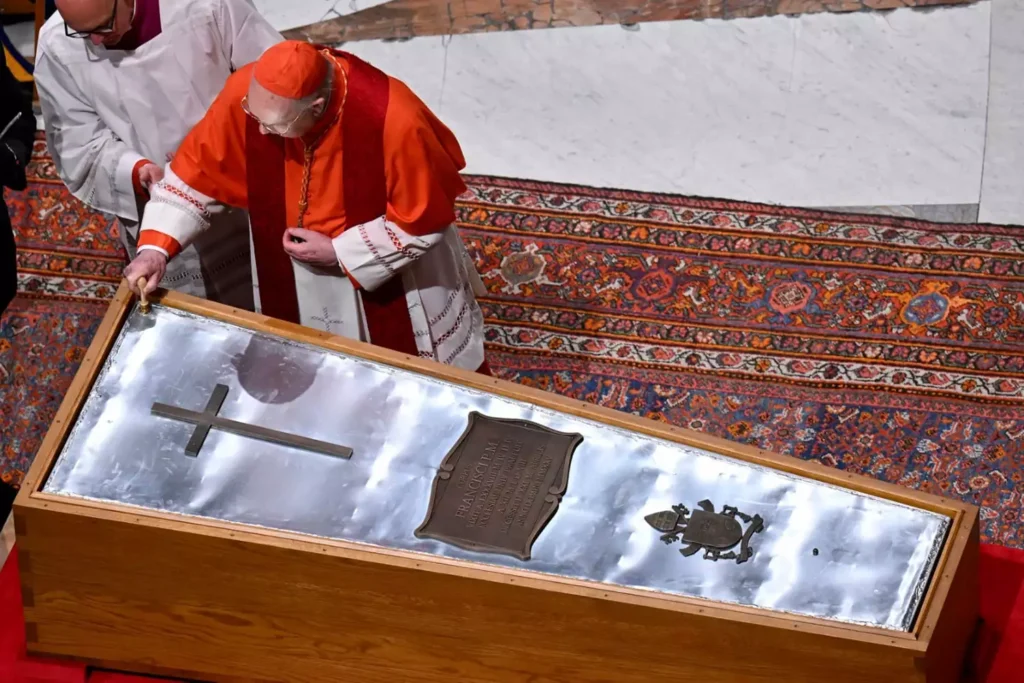Understanding the Symbolism Behind an Ancient Catholic Funeral Rite
As the world bids farewell to Pope Francis, many have noticed a significant moment in the papal funeral rites: a white cloth, also known as a “velo” or “sudarium”, is placed over the pope’s face. This powerful act is more than just tradition—it is steeped in centuries of Catholic symbolism, humility, and reverence.
So, why exactly is this cloth used? Let’s break it down.
A Tradition Rooted in Humility and Honor
The white cloth placed over the pope’s face serves as a final gesture of respect and sanctity. It is rooted in ancient Christian burial customs, where the body of the deceased was veiled to signify both dignity and the belief in resurrection.
In the case of the pope, this cloth:
- Symbolizes purity and the soul’s return to God
- Represents modesty and humility in death
- Marks the transition from earthly leadership to eternal rest in Christ
The White Cloth: More Than a Funeral Custom
In Catholic theology, the white cloth mirrors the shroud of Christ, which was used to cover Jesus after His crucifixion. For the pope, as the Vicar of Christ on Earth, the act is deeply symbolic.

Additionally, it reflects the equalizing nature of death, even for the most powerful spiritual leader in the Catholic Church. The gesture reminds mourners that in death, all are one before God.
When Is the Cloth Placed Over the Pope’s Face?
The “sudarium” is typically placed over the face of the deceased pope just before the coffin is closed, during the final moments of the funeral preparations. This takes place after the body has been laid in state and public viewing has ended.

The cloth remains in place inside the coffin, becoming part of the burial process and not removed again.
Modern Papal Funerals and Continuity of Custom
While Pope Francis was known for simplifying many traditional rituals, he maintained the sacred symbolism tied to death and mourning. Even in opting for a more modest funeral and a single wooden coffin, he upheld the gesture of covering the face, showing respect for the Church’s time-honored rites.




